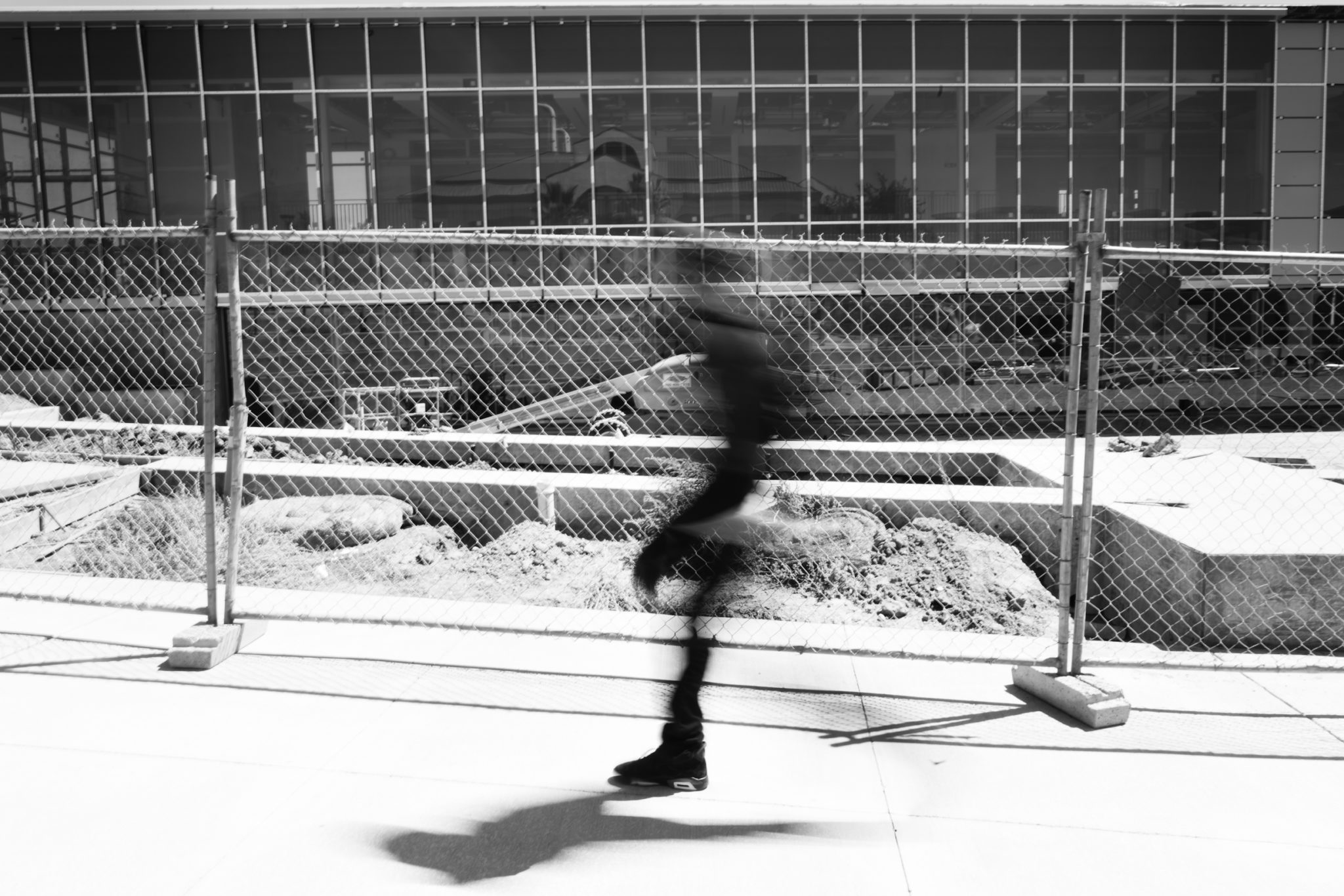By Shayla Gasca
Since it opened nearly seven years ago, the 2400 building has faced dozens of issues.
The latest of those issues came nearly five years ago, in the form of a strange fish smell. The smell was found to have originated from “food stuffs.” Mold was also discovered.
The district submitted a lab sample to make sure the mold, which has been building up for years, was not a risk to the health of students or employees. Hazard Management Services Inc. has reported that the results will not affect anyone’s health.
In issue 26.12, The Express reported on issues pertaining to the 2400 building but not all information had been made available at that time.
According to Staff Assistant to Student Services, Sheri Moore’s email, which was sent to all staff, “sampling performed by HMS, Inc., indicates that this building does not have an indoor air quality issue affecting the health of individuals working or visiting the building.”
President Barry Russell, who declined to comment about the building, has asked Vice President of the Administrative Services, Jeffrey Kingston, to be in charge of the 2400 “sick building.”
According to Kingston, the procedure in fixing the building’s problem is a step-by-step process.
The first thing M&O tested was the outside air. They then tested the air inside the building to check if it is below Cal/OSHA Permissible Exposure Limit (PEL). The results showed the inside air is normal, which means it is below PEL.
For the rest of the steps, M&O have been trying to check the rest of the building in order to find the smell.
As stated by HMS, in order to prevent more mold from growing, the skylight fixtures must be replaced. The cause of the mold and fish smell is water leaking into the skylights.
“My guess,” Kingston said, “is that the smell is coming from the gas that is from the sewer line.”
HMS are also investigating where exactly the water leakages are located in the building.
Based on Microbial Lift tape results, there was mold growth due to food and water being present in the skylights. Also, yeast was found on the samples.
The mold found is called Penicillium/Aspergillus and was found in the main hallway. According to the test results the Penicillium/Aspergillus mold is highly unlikely to be the problem of the smell, and is a very common type of mold.
Kingston and M&O have decided to bring in methane gas testing equipment to test the whole building.
“It’s a sniffer basically,” Kingston said, “it smells for methane.”
Since the smell comes and goes at random times and days, Kingston decided to place a “sniffer” in the building to test the air every 15 minutes and reports every test.
“That’s (the) best way to do it.” Kingston said.
Faculties and students have noticed the smell has not been in the building for the past few weeks.
ESL instructor, Marilyn Marquis said “I haven’t smelled anything, at least for a few weeks.”
The smell seems to only arrive when there is no air circulation going through the building. Spanish instructor Catherine Suarez says that this is a problem that has been addressed.
Suarez says, “Since the time we’ve been working with Jeff all of a sudden there’s this very breezy hallway that’s almost cold,” Suarez adds, “I hope that the plan isn’t to just keep the hallway always cold to mask the smell.”
Both Suarez and Marquis are upset about the building’s mold and smell. They want more answers on how it’s going to be fixed and what is it that’s causing the problem.
Marquis said that she hasn’t seen or heard of anything having to do with Kingston’s plan for the building.
When Suarez was emailed the lab test results, she was angry on how long it took to receive them, knowing the district and the president had the results a week before it got sent out to all the staff.
After she read the results of the test she contacted the head person in charge of the HMS. She had found out that HMS was asked to only test in certain places in the building and nowhere else.
Suarez says, “It was shocking to me that very specific areas of the hallways were targeted for the measurements. “
Marquis believes that it’s embarrassing for the college that the building isn’t being well maintained.
She says, “Clearly they’re not taking it seriously.”
Suarez explains that when Kingston first arrived at the building he believed the smell came from the custodian’s storage room.
After 5 years of the 2400 building being filled with a fish smell, the LPC administration has finally developed a step-by-step plan to solve the issue.


